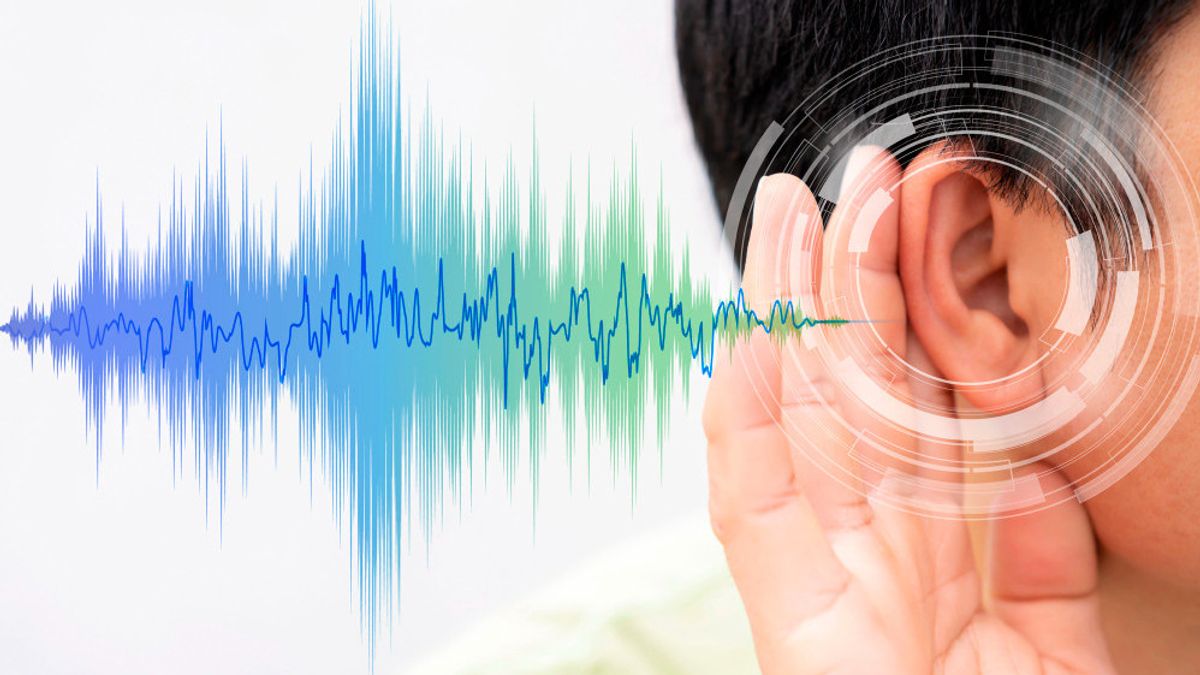YOGYAKARTA - The energy of the sound is very close to all activities in everyday life. This form of energy produces sounds that can be heard by our ears. The appearance of the sound was due to vibrations or friction that spread through the air. So what is the energy of the sound and examples?
Have you ever thought of where the sound came from and why it appeared? The sound is a vibration that is located or by air. Everything that can vibrate can certainly produce a sound. All objects have the ability to produce sounds that can be heard.
As energy related to all human activities, it is important to know what energy sounds are and what forms or examples?
The energy of the sound is that a vibration can produce certain sounds or sounds. Something called sound energy occurs because of the ability influenced by the sound. So the energy of the sound does not solely come from musical instruments. Various objects that can produce sounds can be called a source of sound.
Quoted from the book Class IV Natural Sciences Module written by Anita Nungki Ernawati (2018), the energy of the sound is the ability to produce sounds that can be heard by the ears. The energy ability in question comes from objects that vibrate, collide, or friction.
The sound comes from the source of the sound that appears or spreads to the listeners. The sound can propagate or pass through several intermediaries, such as air, liquid, solid objects. The sound that propagates through liquid and solid objects can be heard more clearly than the sound that passes through the air.
Waves of sound are mechanical waves that can be ejected or propagated through medium. This sound wave is also often referred to as a longitudinal wave. Various sounds resulting from sound waves such as vehicle horns, birds tweets, airplanes, people talking, trains, and others. We can hear all these sounds because there is a source of sound or sound.
SEE ALSO:
The type of sound energy can be classified into three types, namely audiosonic, infrasonic, and ultrasonic. The following is an explanation of the types of energy sound:
Audiosonics is a type of sound that can be heard by humans. The energy of this sound has a number of vibrations between 20 and 20,000 vibrations per second. This type of sound is not only heard by humans, but can also be heard by several animals.
Infrasonics is the type of sound energy with the weakest ability. This type of sound has vibrations in the infrared energy of less than 20 vibrations per second. Because of its weak nature, this sound cannot be heard by humans. However, there are certain animals such as crickets, dogs, and angles that can hear this sound.
Ultrasonic is a very strong type of sound energy. The level of this sound is above the audiosonic type of sound. This sound has ultrasonic vibrations recorded more than 20,000 vibrations per second. This sound cannot be heard by humans. Only a few animals such as dolphins and bats can capture the sound of this sound.
Examples of sound energy are very large around humans or we even use or produce everyday. Every object that vibrates or experiences friction will produce a sound called a source of sound.
Taken from Arif Smart's book for Class 4 Elementary School published by Team Arif (2020: 10), here are some examples of sound sources:
That is a review of the understanding of sound energy and its examples in everyday life. Sound energy has benefits in various needs or fields, not only music. Sound energy is also used in the fields of health, technology, research, and others. Also read what energy conversion is and for example.
Stay up to date with the latest domestic and other overseas news on VOI. We present the latest and updated information nationally and internationally.
The English, Chinese, Japanese, Arabic, and French versions are automatically generated by the AI. So there may still be inaccuracies in translating, please always see Indonesian as our main language. (system supported by DigitalSiber.id)


















